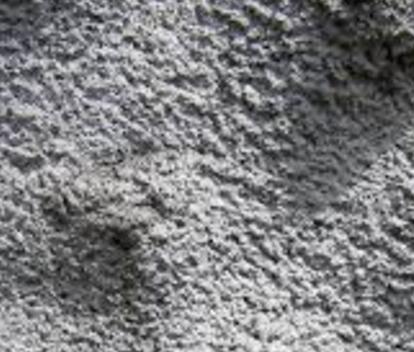With the construction industry greatly developments, cement material as one of the important material for construction industry, it need the fly ash raw material for the primary grinding processing plants.

Fly Ash Production. Because fly ash is the byproduct of coal combusted for electricity generation, no process energy and non‐energy emissions are attributed to fly ash. In general, fly ash with a low (less than 3–4 percent) carbon content may be used in concrete without any additional processing. In the past, most U.S. fly ash has fallen into this category. However, at power plants that have instituted new NOx emissions controls or that inject activated carbon to control mercury emissions, the carbon content (5–9 percent) may be too high for the fly ash to be used without further processing. However, this analysis does not include energy associated with fly ash processing because this process currently takes place on a limited scale. Therefore, the process energy and non‐energy emissions for manufacturing fly ash are assumed to be zero. Hence, the benefits from using fly ash as a recycled product instead of virgin cement in concrete result in negative emissions. Exhibit 6 provides the process energy emissions from production of cement and fly ash as calculated in WARM.
GHG emissions associated with transportation energy result from the direct combustion of fossil
fuels for transportation: the upstream energy required for obtaining the fuels ultimately used in
transportation, transport of raw materials and transport of the final product. Transportation energy
GHG emissions result from the combustion of fossil fuels to transport the finished cement and the fly ash byproduct to the concrete mixing plant.
Because the transportation energy emissions for virgin cement and recycled fly ash are calculated to be identical (see Exhibit 7), the transportation energy emissions associated with fly ash recycling are estimated to be zero.

